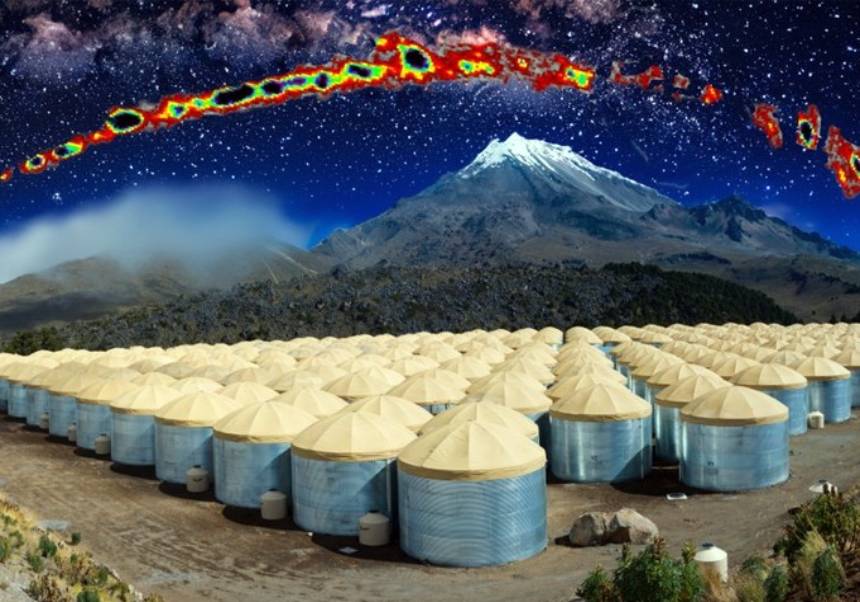The Institute of Corpuscular Physics co-leads a project to detect hidden neutron stars
- Marketing and Communication Service
- Olga Denia Moreno
- May 30th, 2025

The Institute of Corpuscular Physics (IFIC, UV-CSIC) participates in a project destinated to detect a determinate type of neutron stars through their extended emissions of gamma rays of very high energy. The study has observed a characteristic structure in the signals emitted through middle-age pulsars, that allows the detection of inhabitants unreachable until know through the traditional methods of observation. The finding is published in the Physical Review Letters.
A neutrons star is the remaining of an even more massive star than the Sun after a supernova explosion. This remaining, of enormous density, in some cases acts like a pulsar, emitting regular pulses of electromagnetic radiation. If its radiation beams point to the Earth during its rotation, these are detected as light regular pulses, reason for which they are known as pulsars.
Pulsars act as natural accelerators of particles that turn rotation energy of a neutrons star in kinetic energy from the particles. “The charged particles that a young pulsar accelerates get trapped inside its magnetic field. But after reaching an age of more than ten thousand years -between 20.000 and 100.000 years- this field weakens and allows particles to scape to the interstellar medium, and there, when interacting with surrounding radiation camps, they produce the called gamma rays, the most magnetic light of the universe”. Explains Sara Coutiño, researcher of the CSIC in the IFIC and one of the main authors of the work.
Now, the international collaboration that works the monitoring centre of gamma rays HAWC (High-Altitude Water Cherenkov) has identified a characteristic structure with the shape of halos around some pulsars, observable in the emission of gamma rays of very high energy. The result of the study, that publishes the magazine hysical Review Letters, points that this gamma rays could originate from accelerated particles by pulsars that escape to the interstellar medium and interact with the surrounding radiation.
Reference:
A. Albert, R. Alfaro, C. Alvarez, J. C. Arteaga-Velázquez, D. Avila Rojas, H. A. Ayala Solares, R. Babu, E. Belmont-Moreno, A. Bernal et al. Extended TeV Halos May Commonly Exist around Middle-Aged Pulsars. Phys. Rev. Lett. 134, 171005.
DOI: https://doi.org/10.1103/PhysRevLett.134.171005
File in: Astronomía y Astrofísica , Física
















